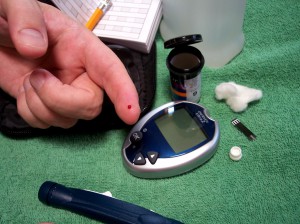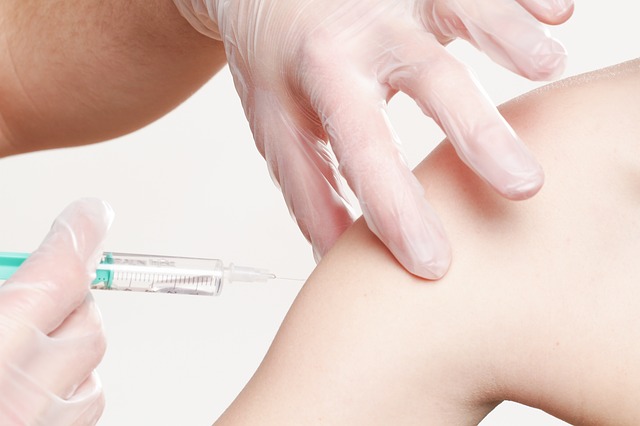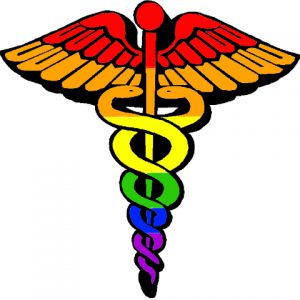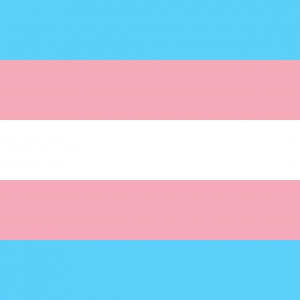Last Updated on February 6, 2020
November is National Diabetes Awareness Month. In the United States, nearly 30 million people are diagnosed with diabetes, with another 86 million Americans at risk for type 2 diabetes; that’s nearly one out of every 11 people with diabetes, with 1 out of 4 unaware they have the condition. Awareness of the disease cannot only prevent future cases for those at risk, but also help raise funds to develop new treatments for those living with diabetes.
There are different types of diabetes. Type 1 diabetes presents with the body not making insulin, and those diagnosed must take insulin injections every day. Only 5% of those diagnosed with diabetes have type 1, and there is no known method to cure or prevent type 1 diabetes. With type 2 diabetes, one’s body doesn’t use insulin well and is unable to keep blood sugar at normal levels. Type 2 diabetes has a number of risk factors:
-
Being overweight;
-
Being 45 years or older;
-
Having parents or a sibling diagnosed with type 2 diabetes,
-
Being physically active less than three times per week.
 Race and ethnicity also can affect one’s risk. African Americans, Hispanic/Latino Americans, American Indians, Pacific Islanders, and some Asian Americans are at particularly high risk for type 2 diabetes. Preventing type 2 diabetes can be as easy as eating healthy food such as fruits, vegetables, and whole grains; staying physically active; and stop (or don’t start) smoking. These methods are also used to manage diabetes once diagnosed, along with testing your blood sugar and taking medicine/insulin as prescribed.
Race and ethnicity also can affect one’s risk. African Americans, Hispanic/Latino Americans, American Indians, Pacific Islanders, and some Asian Americans are at particularly high risk for type 2 diabetes. Preventing type 2 diabetes can be as easy as eating healthy food such as fruits, vegetables, and whole grains; staying physically active; and stop (or don’t start) smoking. These methods are also used to manage diabetes once diagnosed, along with testing your blood sugar and taking medicine/insulin as prescribed.
People with both type 1 or type 2 diabetes are at higher risk for serious health complications including heart disease, stroke, blindness or other eye problems, kidney disease, and severe infections that can lead to amputations. The risk of death for adults with diabetes is 50% higher and their medical costs are twice as high than those without.
NeedyMeds once hosted a webinar on how to empower patients to self-manage their diabetes and also has several areas to search for help with diabetes costs. Our Patient Assistance Programs (PAPs) database has programs offered by pharmaceutical companies that provide medication at low- or no cost for those who qualify. To find out if there’s a PAP available for your medication, click on the Brand Name Drugs or Generic Name Drugs links and look up your medication alphabetically. If you find your medication, click on it and you will be able to look over any assistance programs that are available and their unique eligibility requirements. There are also coupons and our Drug Discount Card for those unable to use or find a PAP. The card can also be used for purchasing diabetes supplies, such as glucose meters, strips and lancets, as long as they are written like a prescription.
There are also many national and local resources for those with diabetes in our Diagnosis-Based Assistance area of our site. All of our information is available for free on our website or through our toll-free helpline at 1-800-503-6897.





